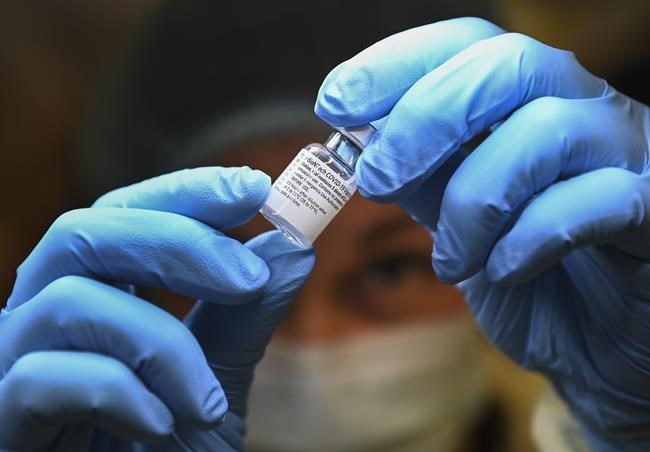In a recent poll, more than 100 virologists and 颅infectious disease experts around the world were asked if they thought COVID-19 is here to stay. Nearly 90 per cent believed so.
They were less clear what the consequences may be. If future variants of the disease become less 颅virulent, or less infectious, we may be in for nothing worse than the annual cold and flu seasons.
Likewise, if medical science can produce more 颅effective treatments for seriously ill patients, the 颅outlook will be brighter.
But as things stand, uncertain though they are, one reality becomes clear. sa国际传媒 cannot continue to be reliant on other countries for supplies of whatever 颅vaccines will be needed.
The numbers speak for themselves. As of last week, sa国际传媒 had provided 3.5 vaccine doses per 100 people. In contrast, Israel had provided 78, the U.K. 24 and the U.S. 16.5. Even poorer nations, such as Morocco, 颅Romania and Turkey, outdid us.
sa国际传媒 once had a thriving vaccine production industry. Government-owned Connaught Labs in Toronto and IAF BioChem in Quebec both manufactured vaccines. Connaught established an international reputation for producing and distributing vaccines at prices far lower than private companies charged. But in the 1980s 颅Connaught was sold to a French company, while some years later IAF BioChem was bought by 颅U.S.-based GlaxoSmithKline.
While both still have facilities in sa国际传媒, decision-making passed into offshore hands.
More recently, attempts were made to bring vaccine production back into public hands. But so far those efforts have failed. That leaves us essentially dependent on contracts with private firms abroad. And what do those contracts provide for?
We are not being told. Each contains a secrecy agreement that forbids the federal government, which purchases vaccines on behalf of the provinces, from disclosing what price was paid.
This is not in itself unusual. When Ottawa or the provinces enter into purchase deals with 颅pharmaceutical companies, the companies always impose these kinds of restrictions.
All the more reason for freeing ourselves from such tactics by building a robust vaccine production industry and holding it in public hands.
Apart from ensuring that we would have the dose volumes we need, when we need them, there are other benefits. For a start, we would know exactly what it costs to make a given vaccine. Private companies refuse to divulge this information, meaning we are at a huge 颅disadvantage in bargaining with them.
We could also ensure that contract deliverables would be lived up to, something that doesn鈥檛 always happen when dealing with multinational manufacturers.
But is this realistic? Almost certainly yes.
The National Research Council facility in Montreal was recently rebuilt with the intent of making vaccines. And the federal government鈥檚 Strategic Innovation Fund has $600 million set aside for production of COVID-19 vaccines and related treatments.
Through sheer bungling by Ottawa, this project has lost momentum. Yet it must now be obvious, given the glacial rate at which vaccines are being dribbled out, that here is a national priority of the first order.
It is unfortunate that, worldwide, national 颅interests have overtaken the manufacture and 颅supply of 颅COVID-19 vaccines. Competition rather than 颅co-operation dominates, and countries that are home to large-scale vaccine production give first priority to their own residents. Regrettable as this is, the message is clear. If COVID-19 is to become endemic, meaning it reappears each year in different variations, reliable and timely distribution of vaccines is an essential task.
It falls to our federal government to see this task is undertaken, and placed in public hands.



